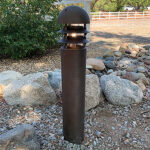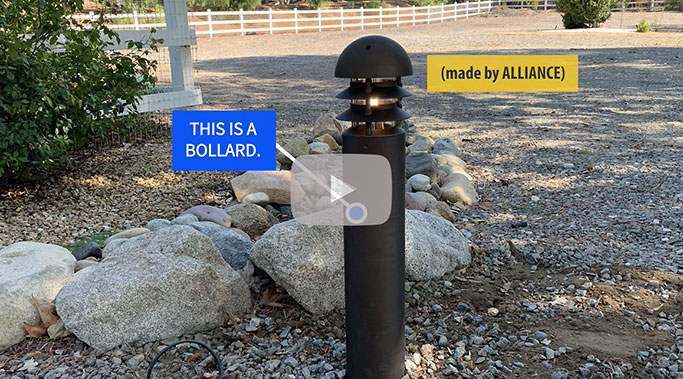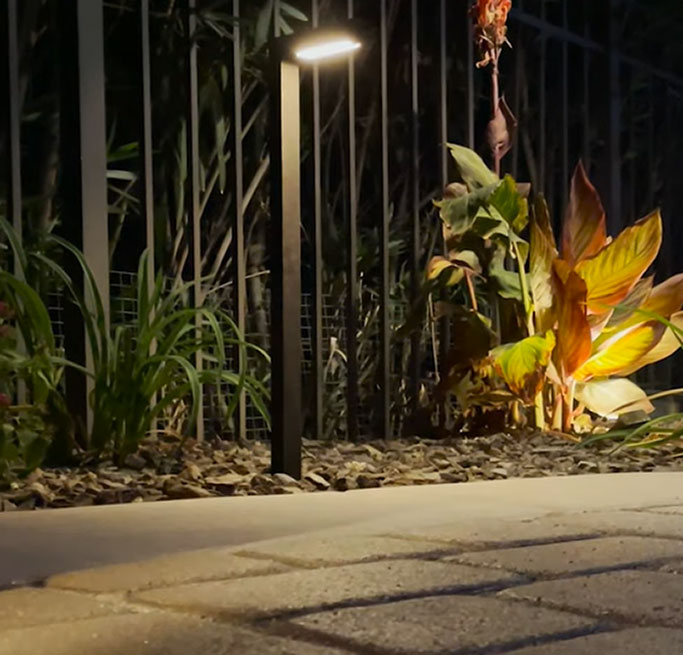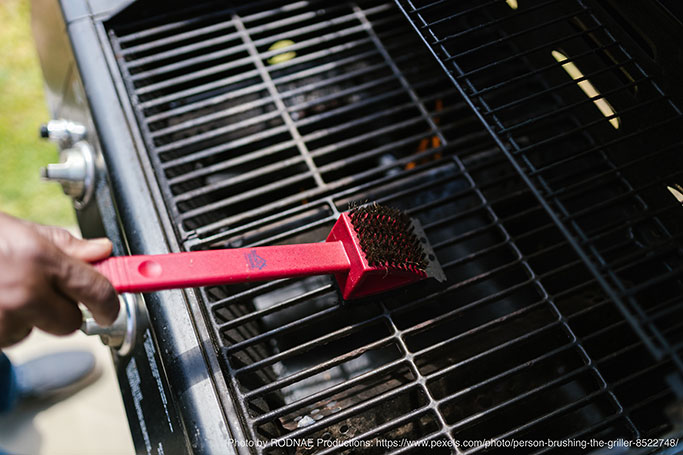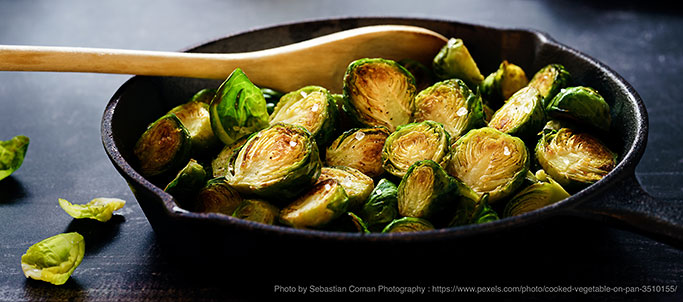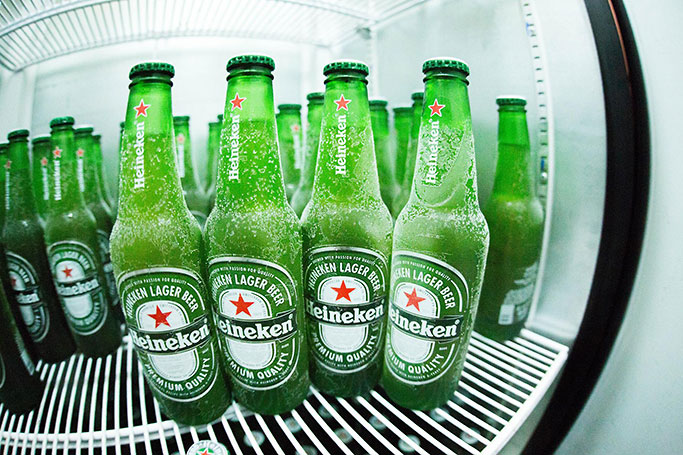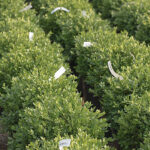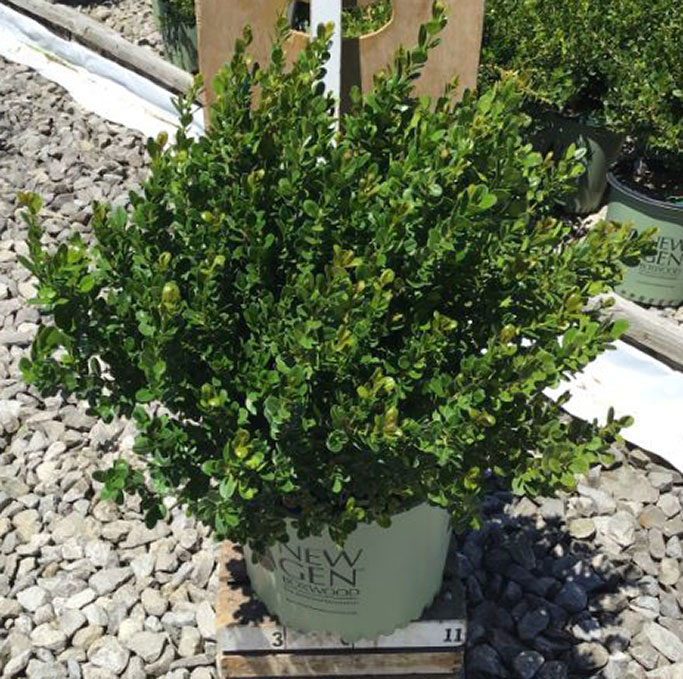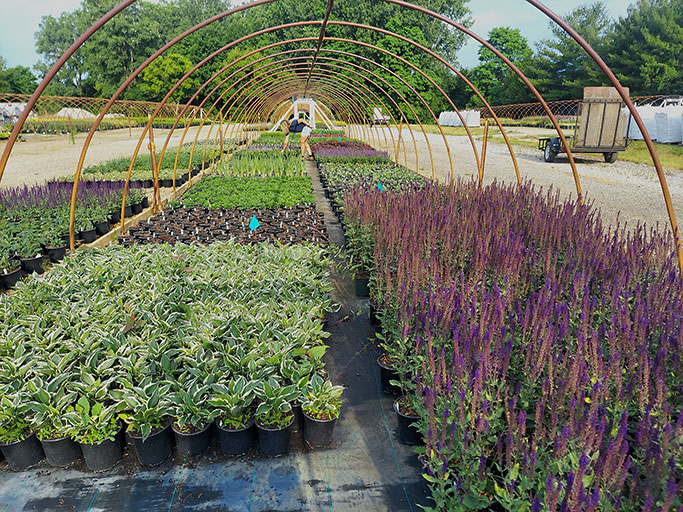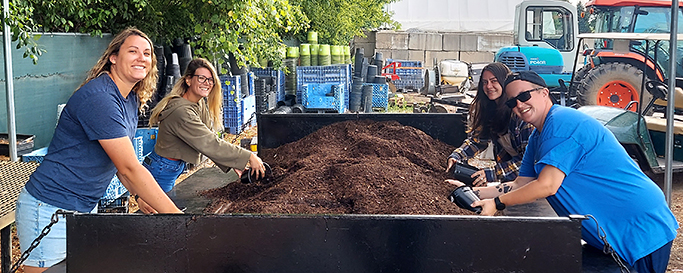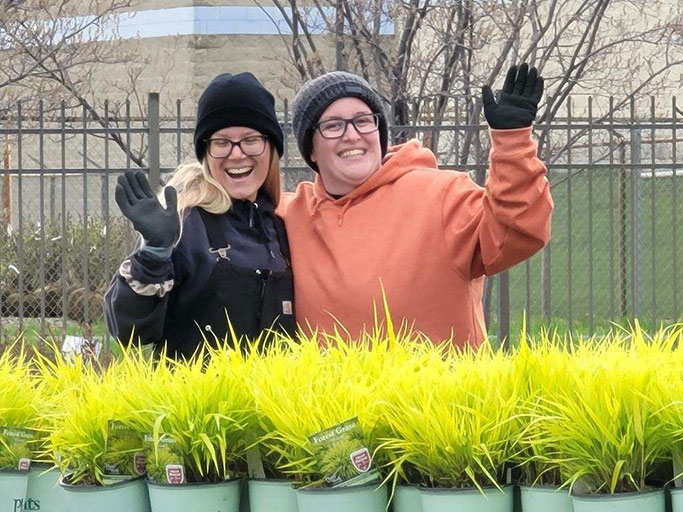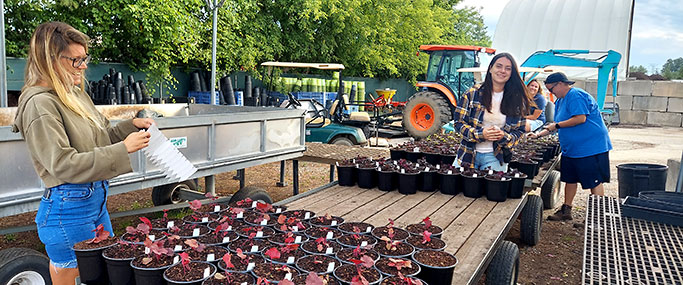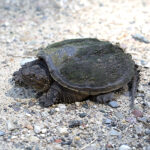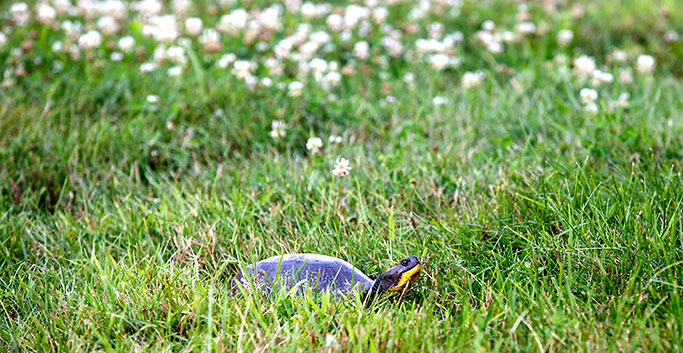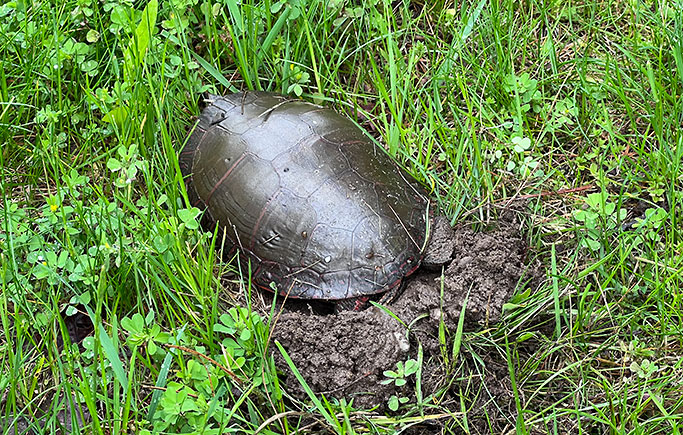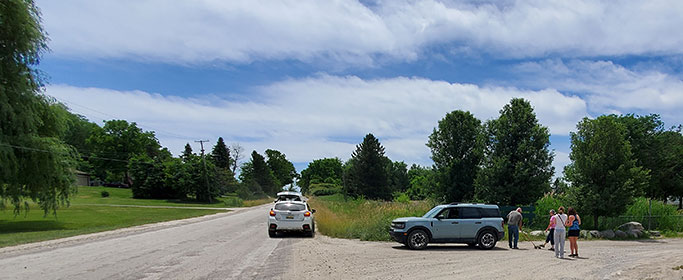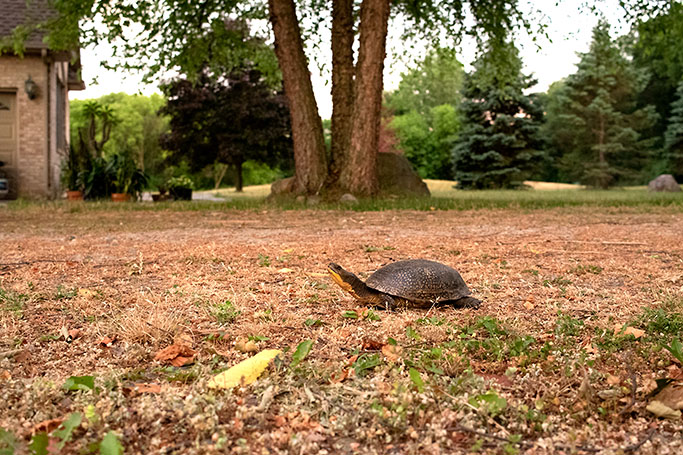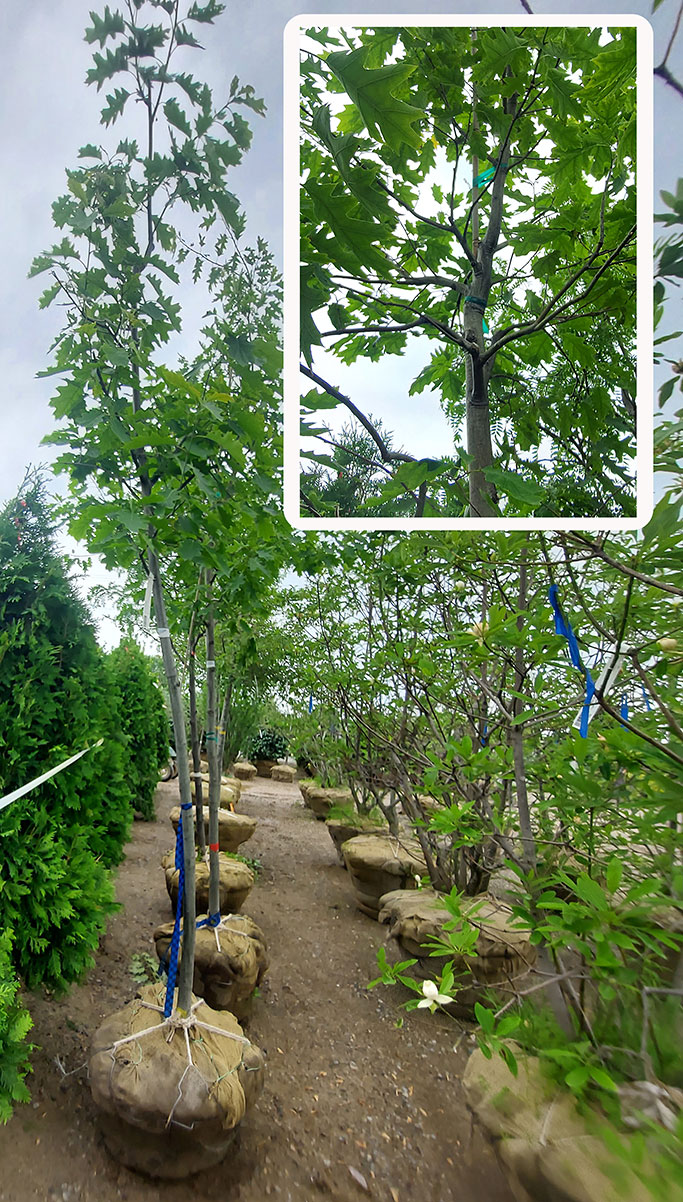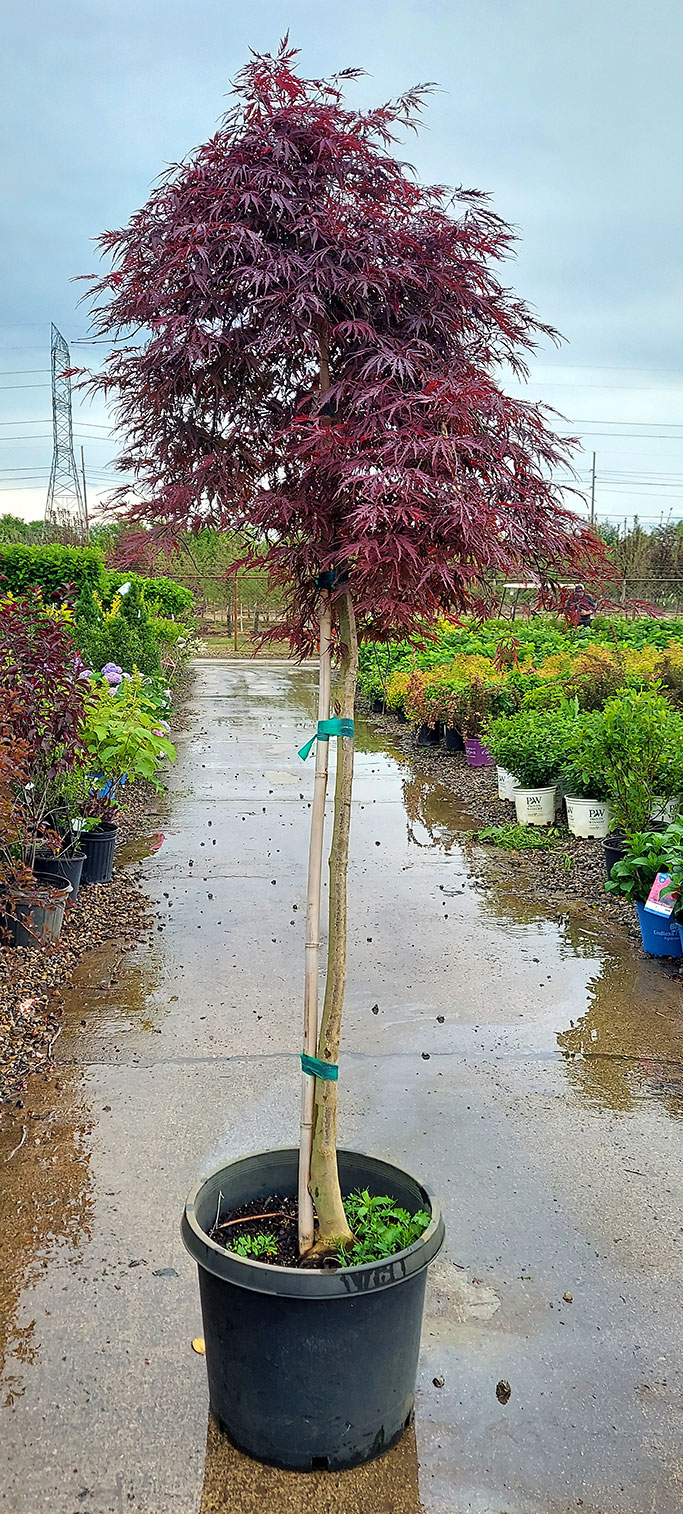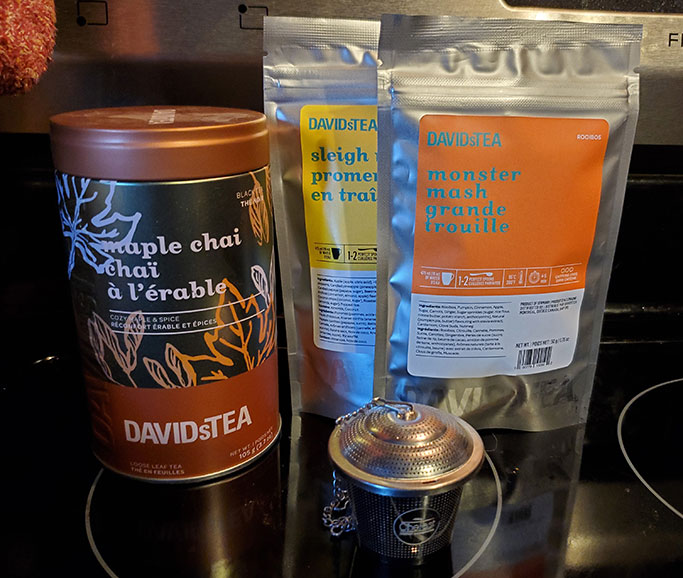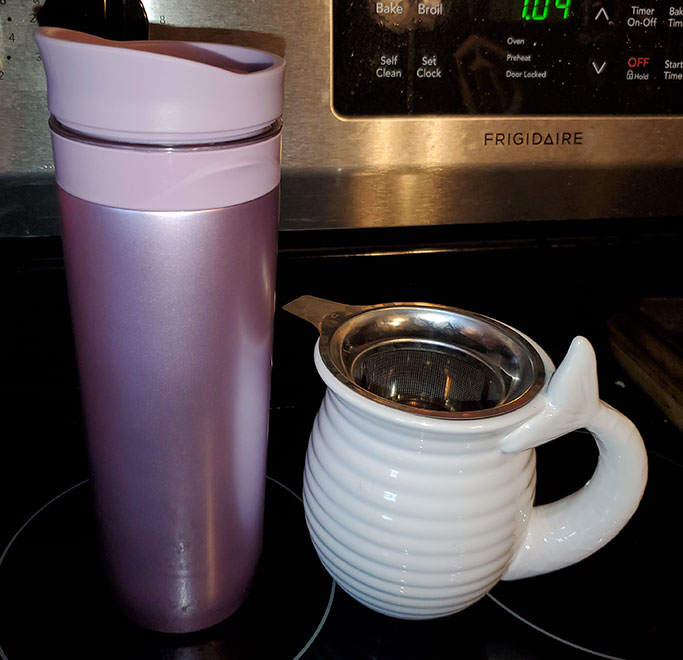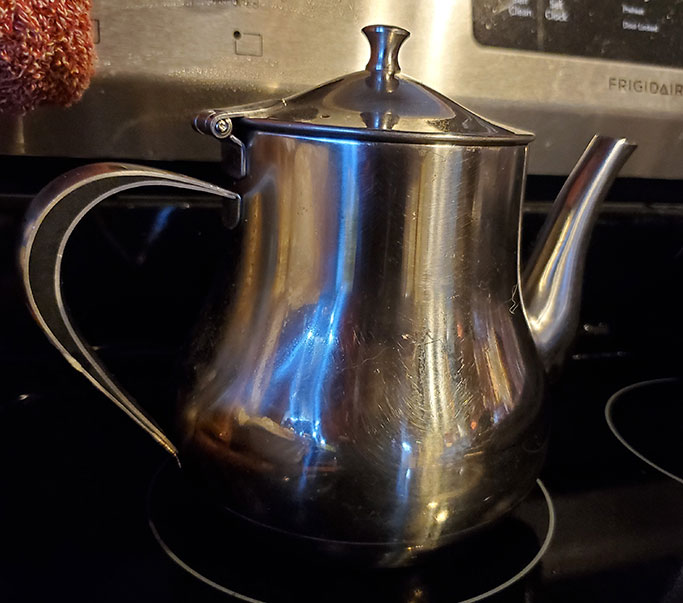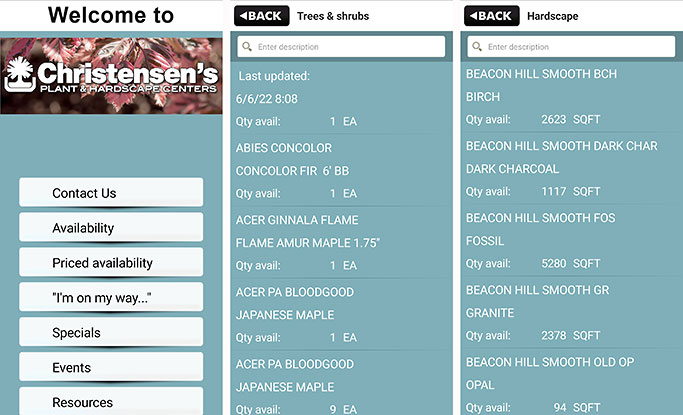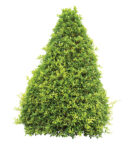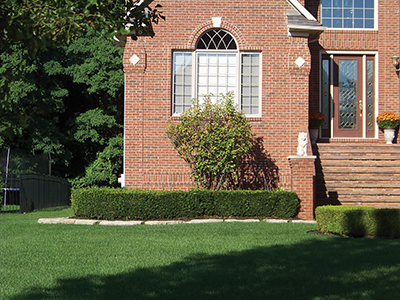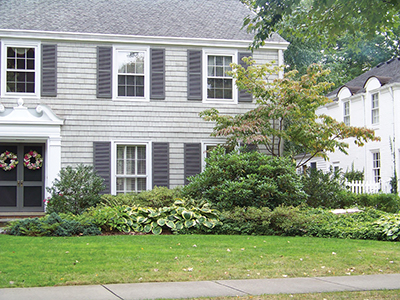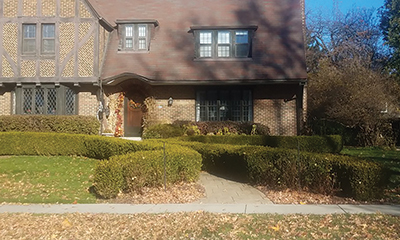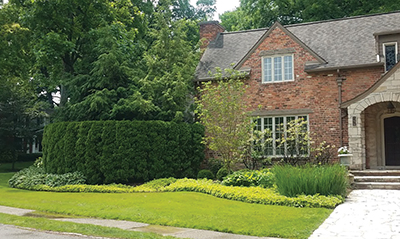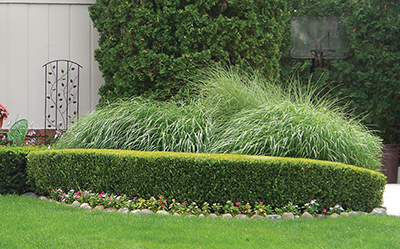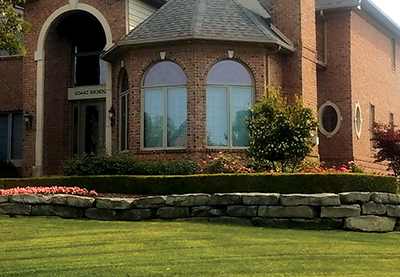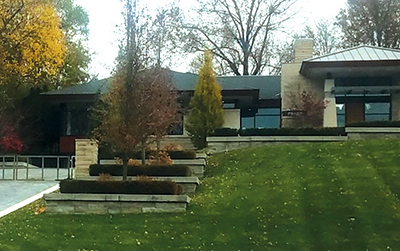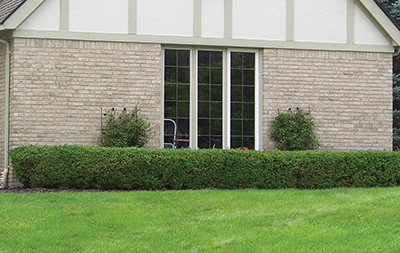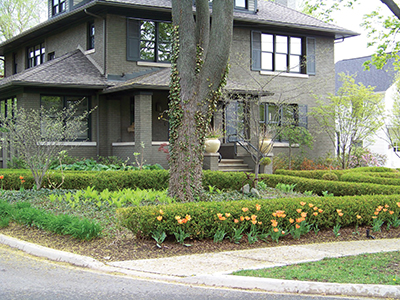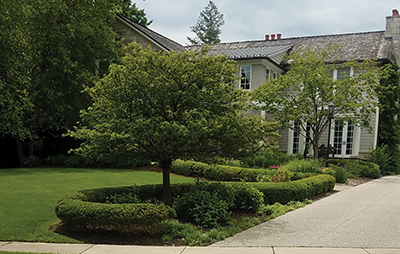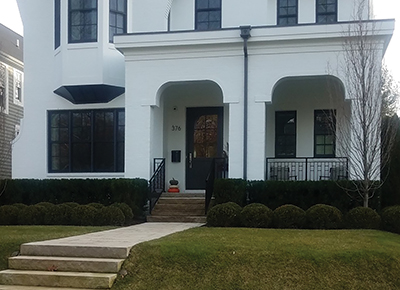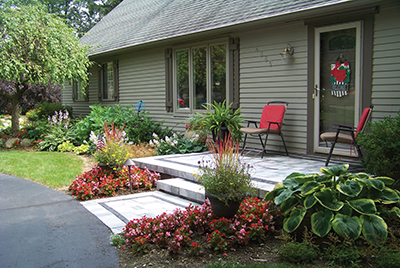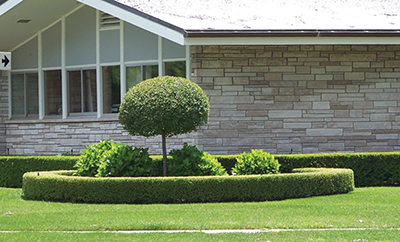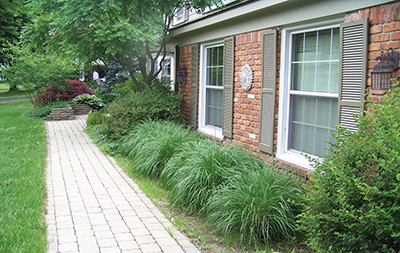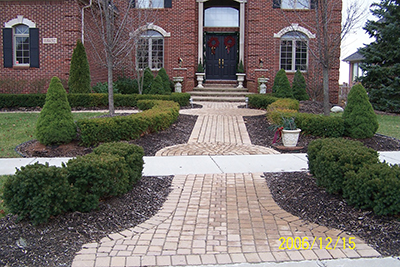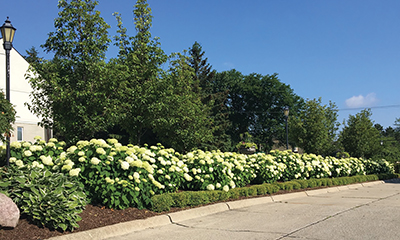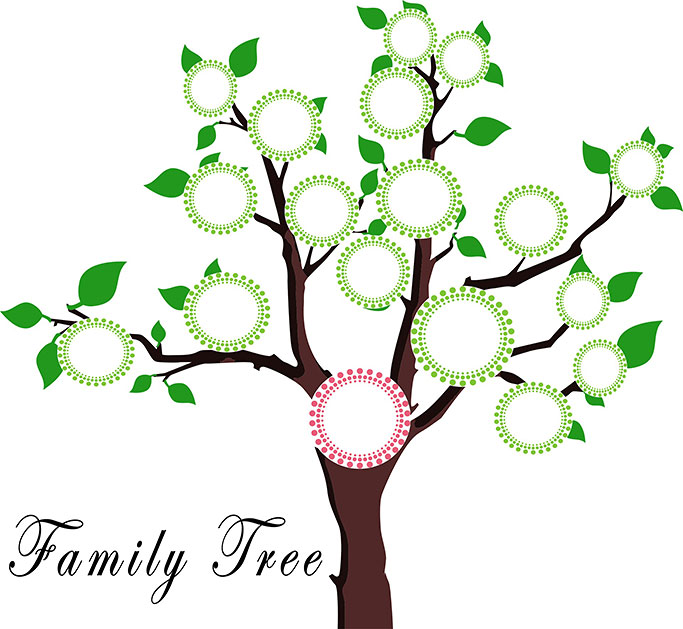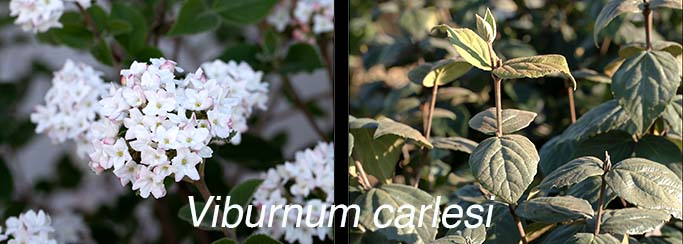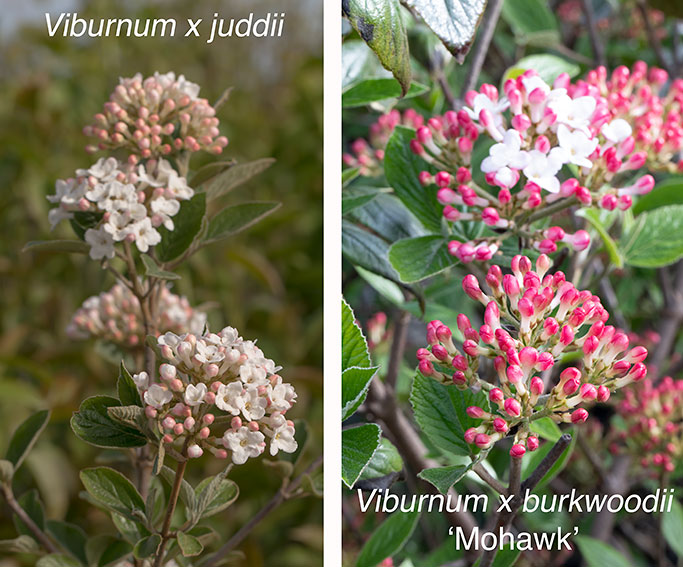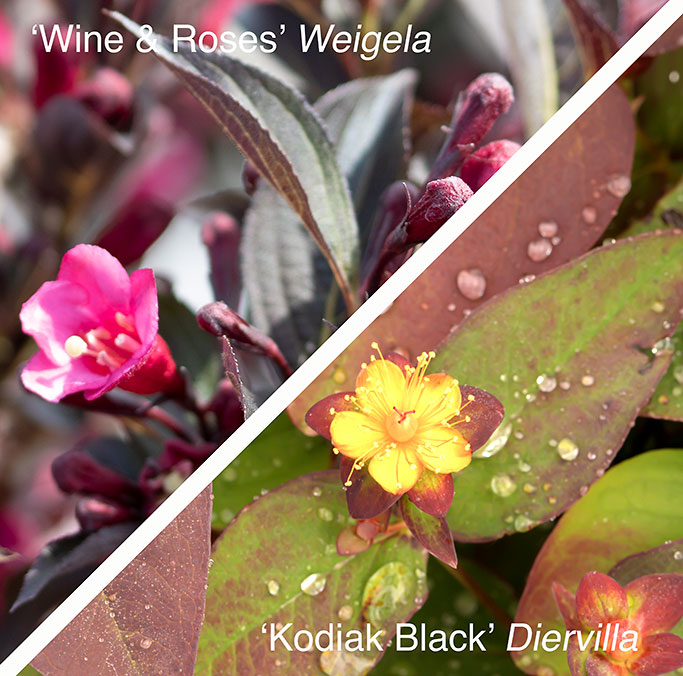Landscaping mistakes
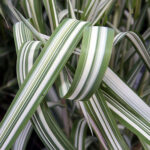
I’ve been planting a wide variety of nursery stock from the moment I had a yard to plant in. I bought my first home in the 80’s and after ripping out pretty much everything that was there – it was time for a rehab – I started bringing home my favorite plants from our vast inventory here at Christensen’s. That employee discount got QUITE a workout, let me tell you. Sure, there were failures, for example my attempts to grow daphne, oxydendron, and a succession of acer palmatum, but in my mind a dead plant just opens up a spot to plant something new.
However.
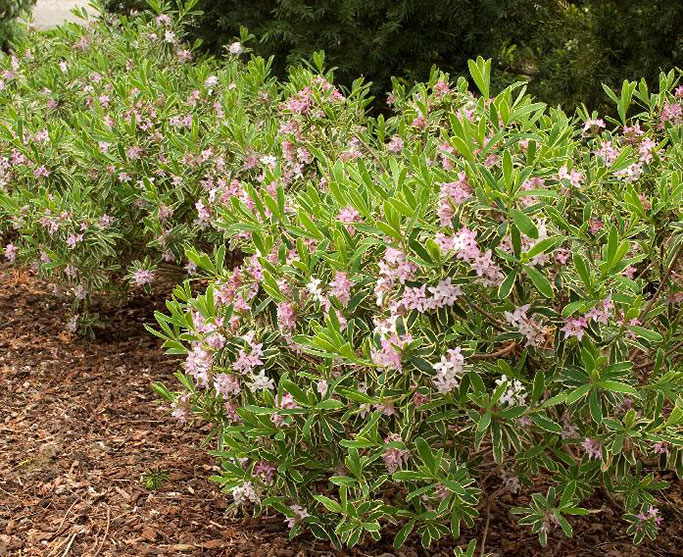
Daphne x burkwoodii 'Carol Mackie' - Doreen Wynja / Monrovia Nursery
There are some plants I NEVER should have planted. They all have one thing in common – aggressive, invasive growth. It’s not an accident that several of them are vines, plus some perennials that spread underground and come up yards away from the perfect spot you chose for it then proceed to colonize the rest of your yard, and the neighbor’s yard, too. Word to the wise – avoid “plant swaps”. There is a reason people have excess to trade.
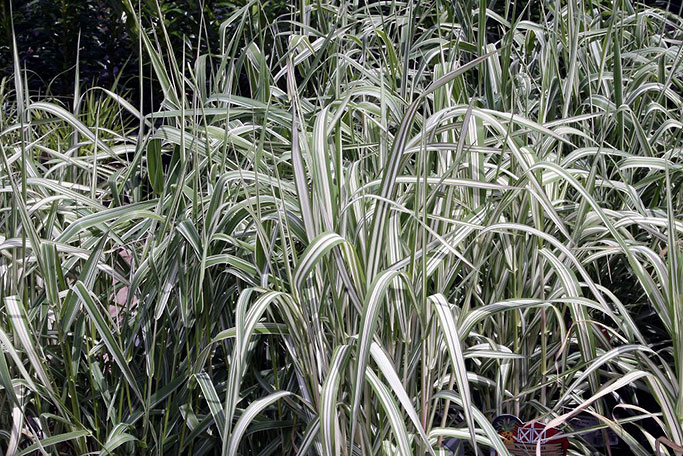
I didn’t plant any bamboo, luckily, but the Japanese anemone had to come out, as did the Ribbon grass (Phalaris). I didn’t plant the Aegopodium or the Convallaria, but only was ever able to eradicate the Aegopodium as the bed was contained by the concrete drive. We built a giant sieve out of hardware cloth and I dug up the whole bed and got every scrap of root. The Lily-of-the-valley persists to this day among some hosta I transplanted to my new house, wish me luck.
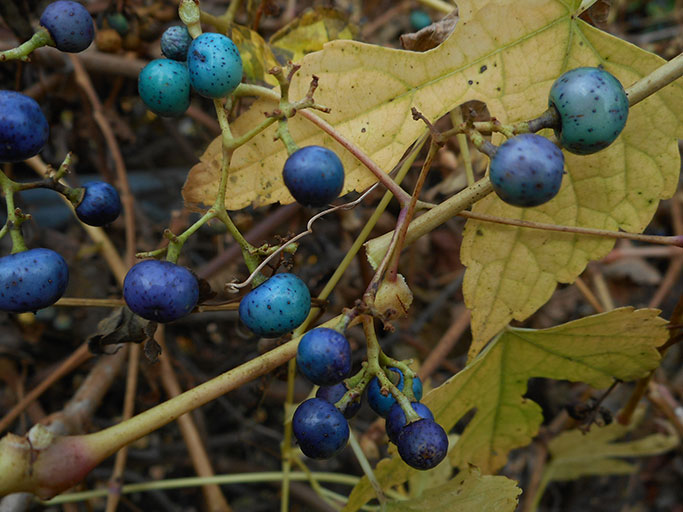
The beautiful Porcelainberry vine I hid behind the garage is probably still sprouting back in spite of repeated attempts with spade and sprayer, and the gigantic Sweet Autumn Clematis that grew to cover the entire shade structure is likely still trying to swallow Plymouth Township. But it sure was pretty and smelled fantastic. But don’t plant one. It’s horrible.
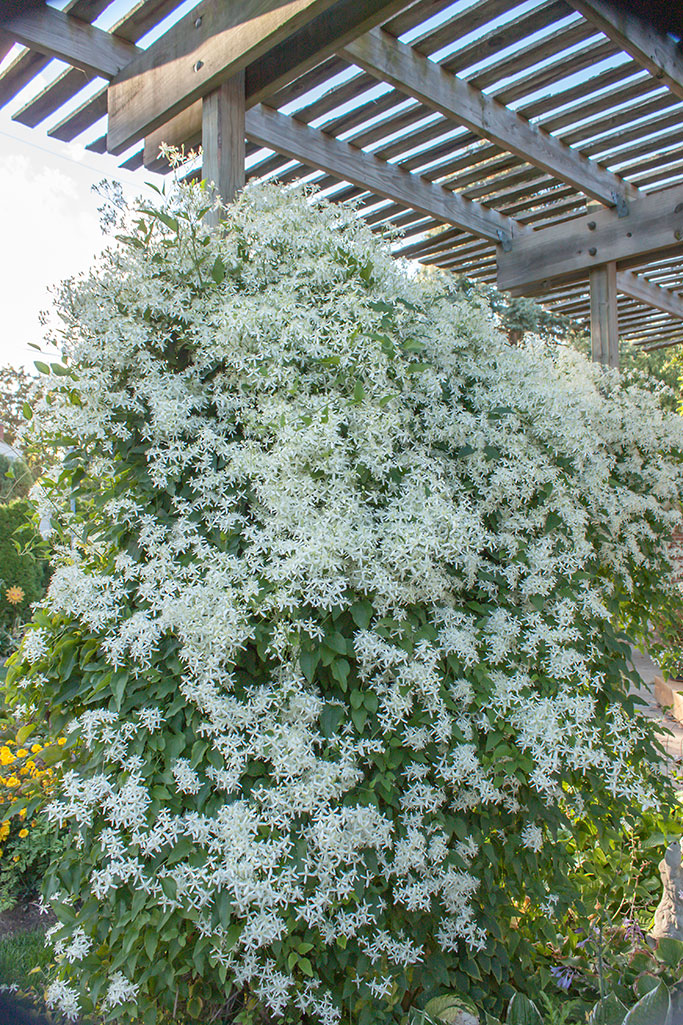
The number one worst plant I ever planted was the Trumpet vine. Fond memories of plucking the orange flowers and tasting the nectar inside (sorry, hummingbirds) from my Grandmother’s yard at the original nursery on Ann Arbor Road gave me the bright idea of planting one in a tiny spot in the side garden of my postage-stamp yard. I even extended the chain-link fence six feet higher to give it a nice trellis to climb on. Visions of hummingbirds filled my imagination, and I figured in a year, maybe two – OK, FINE, three – I’d be a major stop on the hummingbird highway.
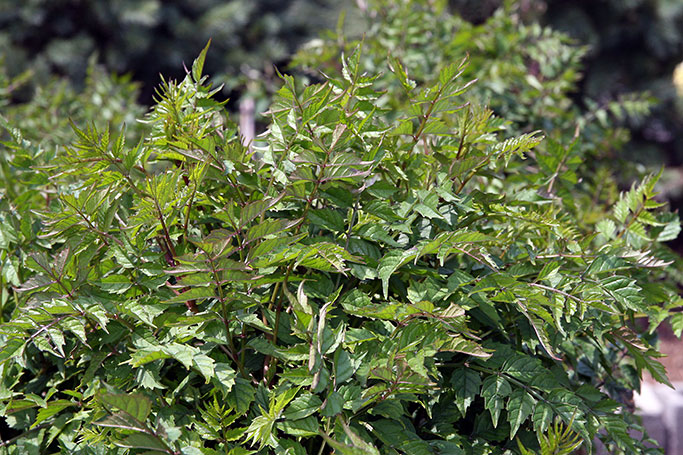
Hah.
The seasons passed with not one single flower. Ever. But the VINE? It ran underground and started coming up randomly, all over the yard. Ten, twenty feet away, no problem. Digging it up was futile. It’s immune to Roundup (apparently). I tried to get rid of it for ten years.
I finally moved.
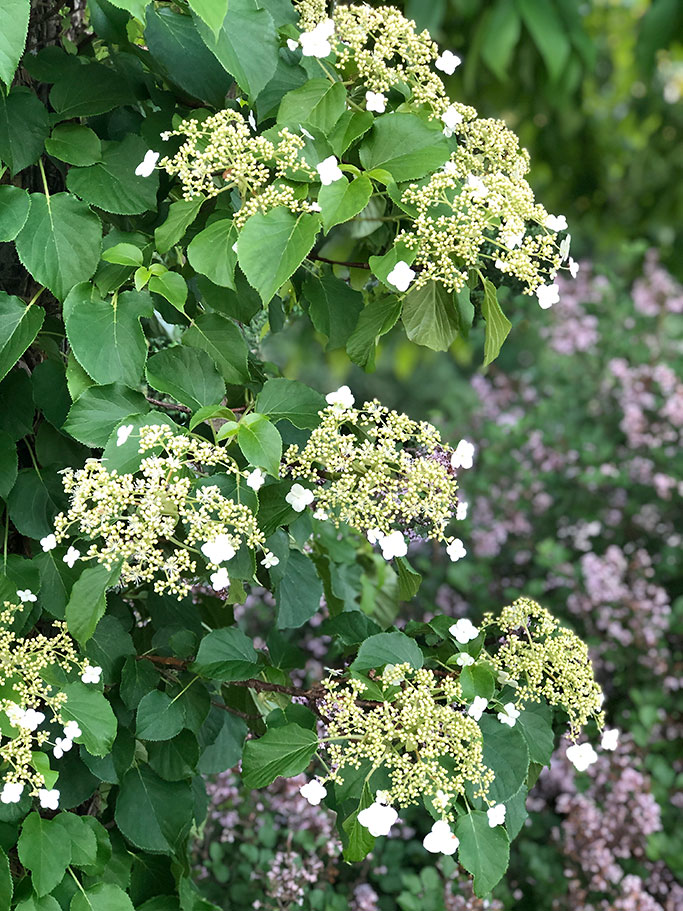
These days the only vines you will catch me planting are Clematis (which randomly die for no good reason) and Hydrangea petiolaris, which is always well-behaved. A mature one came with my new house, and when the tree it was climbing on died, we left most of the trunk standing, because nobody messes with my Climbing Hydrangea. You really should plant that one.


